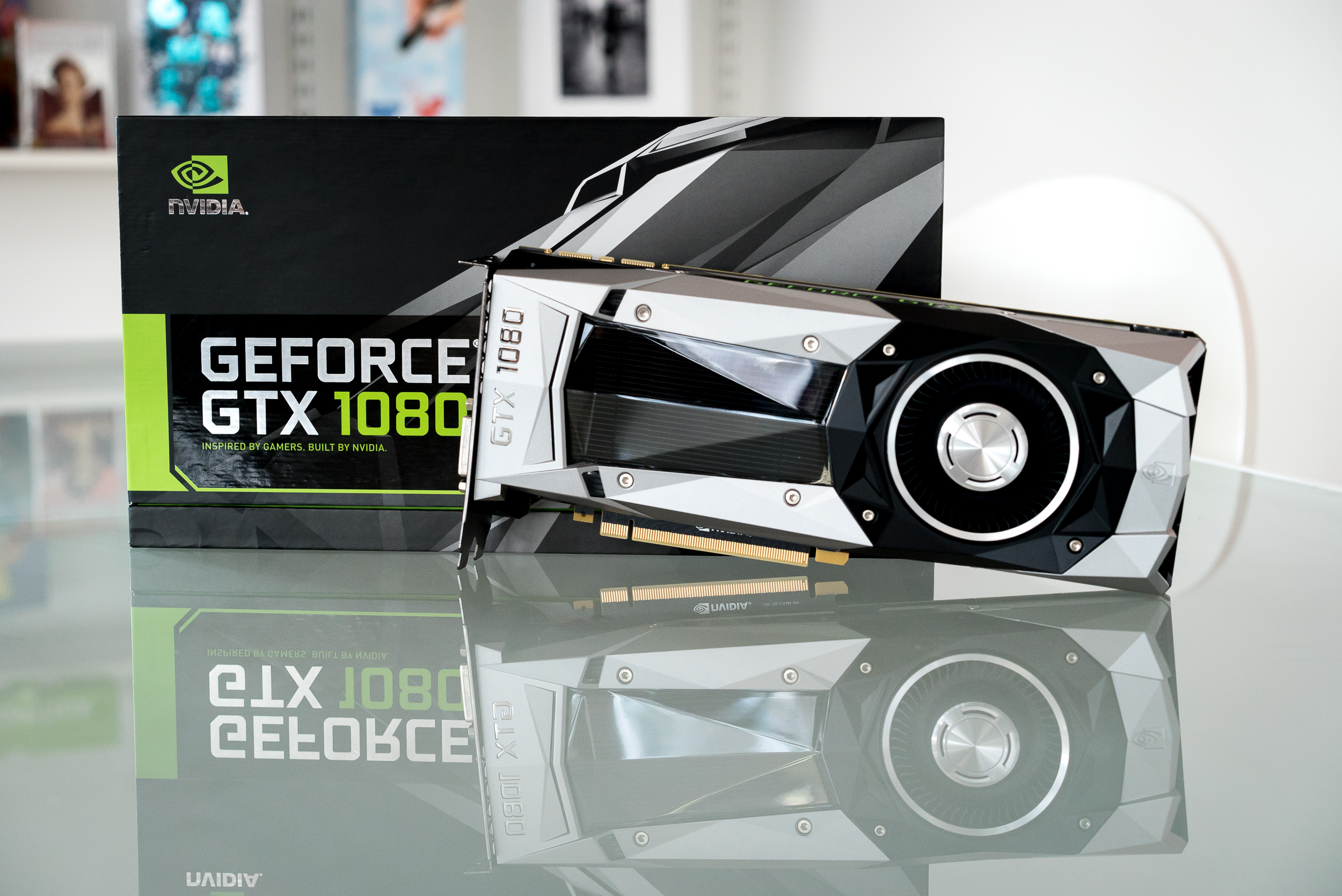When the NVIDIA GTX 1080 was released back in 2016, it was hailed as a game-changing graphics card, offering unprecedented performance and power efficiency. But as technology rapidly evolves, gamers and PC enthusiasts often wonder whether the GTX 1080 remains a viable option in the ever-evolving landscape of gaming hardware. In this article, we will examine the current state of the GTX 1080 and evaluate its performance, value, and future prospects to help you make an informed decision.
Performance and Gaming Experience:
Despite being a few years old, the NVIDIA GTX 1080 still holds its own in terms of gaming performance. It offers excellent 1080p and 1440p gaming experiences, delivering high frame rates and smooth gameplay in most modern titles. With its 8GB of GDDR5X memory and 2,560 CUDA cores, the GTX 1080 can handle demanding games with relative ease. However, when it comes to 4K gaming or pushing high refresh rates, it may struggle to maintain consistently high frame rates, especially in the latest AAA titles.
Value for Money:
The value proposition of the GTX 1080 depends on several factors, including its price in the current market and the alternative options available. Since its launch, the GTX 1080 has seen a considerable price drop due to subsequent GPU releases. If you can find a well-maintained used or discounted new GTX 1080 at a significantly lower price than its original retail value, it can still provide excellent value for money, especially for gamers targeting 1080p or 1440p resolutions. However, if you have a higher budget and desire the best graphical fidelity, it might be worth considering newer GPU options.
Future Compatibility:
While the GTX 1080 still performs admirably in today’s games, future compatibility is a valid concern. As newer titles continue to push the boundaries of graphics and demand more from hardware, the GTX 1080 may struggle to keep up. However, it’s worth noting that game developers often optimize their titles to run on a wide range of hardware configurations, meaning the GTX 1080 should remain relevant for a few more years. Furthermore, the card’s strong reputation and widespread usage mean that driver updates and community support are likely to continue for the foreseeable future.
Consideration of Alternative Options:
When evaluating the viability of the GTX 1080, it’s essential to consider alternative options available in the market. NVIDIA’s subsequent releases, such as the RTX 20 series and RTX 30 series, offer significant performance improvements and new features like real-time ray tracing and DLSS (Deep Learning Super Sampling). These newer cards are more power-efficient and future-proof, but they also come at a higher price point. If you have the budget and desire cutting-edge technology, considering these alternatives might be worthwhile.
Conclusion:
The NVIDIA GTX 1080 may not be the top-of-the-line graphics card it once was, but it still offers a compelling gaming experience for 1080p and 1440p resolutions. It delivers impressive performance, value, and a loyal community of users who continue to benefit from driver updates and support. However, if you seek the best possible graphical fidelity or plan to game at 4K resolutions, investing in a newer GPU might be a more prudent choice. Ultimately, your decision should depend on your budget, desired gaming experience, and future upgrade plans.
FAQs | Is the NVIDIA GTX 1080 still good
Is the NVIDIA GTX 1080 still good for gaming?
Yes, the NVIDIA GTX 1080 is still good for gaming, especially at 1080p and 1440p resolutions. It offers excellent performance and can handle most modern games with high frame rates and smooth gameplay. However, for 4K gaming or pushing high refresh rates, it may struggle to maintain consistently high frame rates in the latest AAA titles.
How does the NVIDIA GTX 1080 compare to newer graphics cards?
Compared to newer graphics cards, such as the RTX 20 series and RTX 30 series, the GTX 1080 is not as powerful or feature-rich. The newer cards offer significant performance improvements, real-time ray tracing, DLSS, and more advanced technologies. If you have the budget and desire cutting-edge technology, considering these newer options might be a better choice.
Can I still find the NVIDIA GTX 1080 for purchase?
The availability of the GTX 1080 may vary depending on the market and region. Since it is an older model, it might be challenging to find brand new GTX 1080 cards in stock. However, you may be able to find used or refurbished GTX 1080 cards at a lower price from reputable sellers.
Should I buy a used NVIDIA GTX 1080?
Buying a used GTX 1080 can be a good option if you find a well-maintained card at a significantly lower price than its original retail value. Make sure to check the card’s condition, warranty status (if applicable), and the seller’s reputation. Consider any potential risks associated with purchasing used hardware and weigh them against the cost savings.
Will the NVIDIA GTX 1080 be compatible with future games?
While future compatibility is a concern for any older hardware, the GTX 1080 should remain relevant for a few more years. Game developers often optimize their titles to run on a wide range of hardware configurations, including older GPUs. The GTX 1080’s strong reputation and widespread usage also mean that driver updates and community support are likely to continue for the foreseeable future. However, as newer and more demanding games are released, the card may struggle to keep up with the highest graphical settings and resolutions.
Can I use the NVIDIA GTX 1080 for tasks other than gaming?
Yes, the GTX 1080 can be used for tasks other than gaming. Its powerful graphics processing capabilities make it suitable for GPU-accelerated tasks like video editing, 3D modeling, rendering, and machine learning. However, for professional applications that heavily rely on GPU performance, newer and more specialized GPUs might offer better performance and features.
